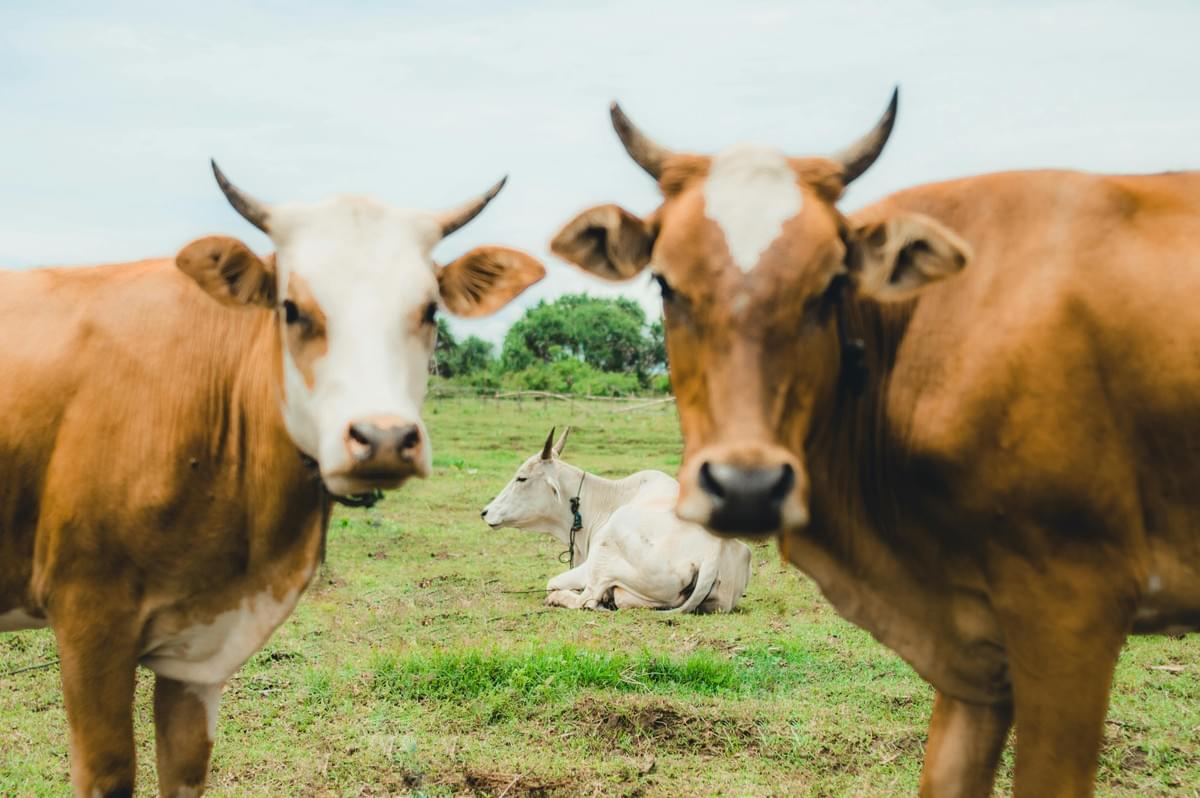
A big part of keeping a herd of cattle healthy is preventing external parasites from infesting them. The three primary parasites that farmers should worry about are mites, lice, and ticks.
Mites are microscopic creatures that live and reproduce by laying eggs on the skin of animals like cows. Lice are small but can be seen with the eye. They infest the body, legs, and tails of cows, sucking blood and laying eggs. Ticks are about the size of an apple seed when mature. They attach to cows to suck blood and once they are full, they fall off to pasture to lay eggs.
These external parasites cause a range of diseases. They also impact the health of the herd, causing cattle to lose weight, reducing their milk output, and damaging their skin and hides.
It takes a comprehensive approach to prevent parasites from infesting a herd. For mites and lice, farmers should keep cow shelters clean, removing manure to reduce conditions favorable to harboring pests. If a cow is infested, farmers should consult a veterinarian to recommend an appropriate pour-on. They should apply it to the skin of the animal, following the product’s instructions. Farmers should treat all the cows in their herd regularly, as some may have parasites but show no signs.
To prevent tick infestations, farmers should practice rotational grazing where they move herds to different pastures routinely. Ploughing and cutting brush in contaminated pastures also helps stem tick populations, as does rearing poultry on the pasture, as they eat ticks. When cows have a small number of ticks on their body, farmers can remove them by hand. If the ticks are too many, farmers should consult a veterinarian to recommend a pour-on or spray.
